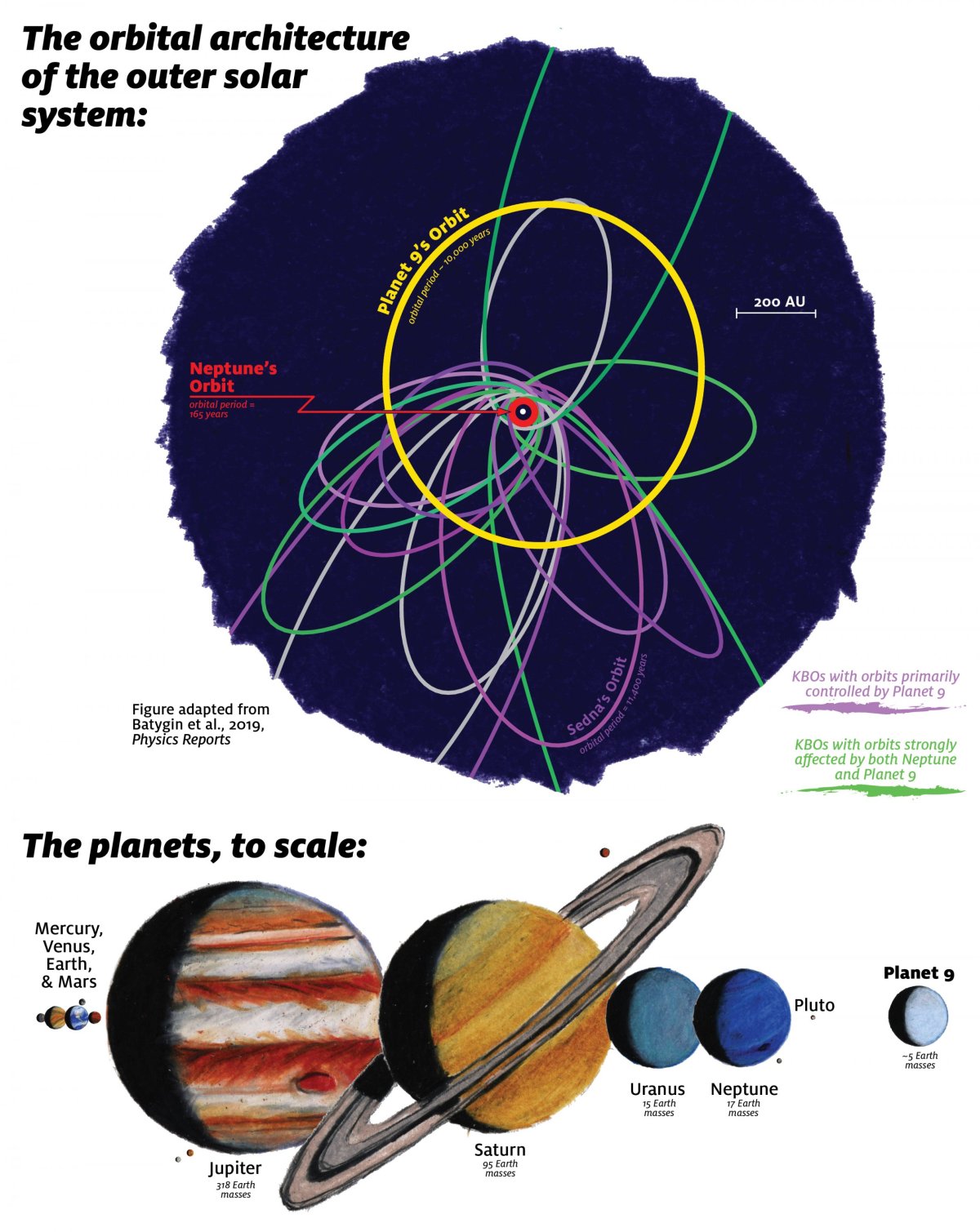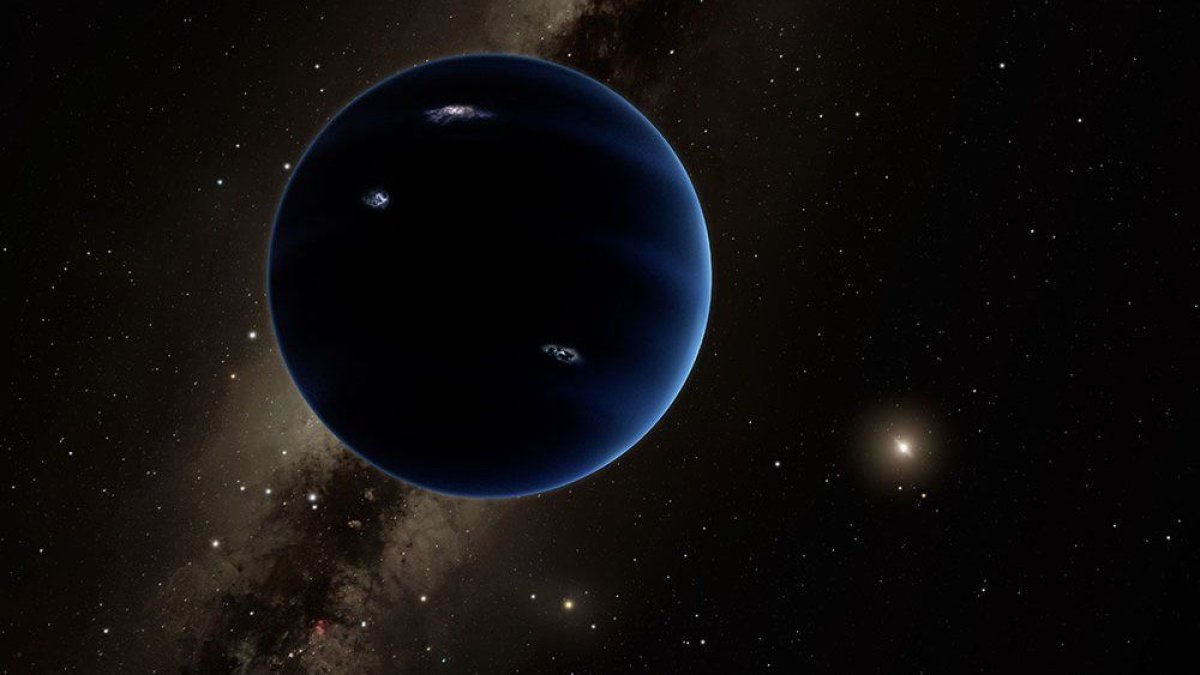Scientists say that they have found even more evidence of a ninth planet lurking at the edge of the solar system—and that if it does exist, it will be found in the next 10 years.
Caltech researchers Mike Brown and Konstantin Batygin first announced evidence of "Planet Nine" three years ago. They had noticed that some space rocks in the Kuiper Belt—a region of the solar system beyond Neptune—were traveling along highly unusual orbits. This, they said, could be explained by the presence of a massive planet, the gravity from which was pulling the objects into these orbits.
Since then, researchers around the world have been searching for the planet and hypothesizing about its size, orbit and origin. Others have also sought out alternative explanations, suggesting the weird orbits could be the result of a huge disc of icy bodies that could provide the gravitational influence needed to alter the orbits.
In two papers, researchers led by Brown and Konstantin have put forward more evidence in support of a ninth planet. In one paper, published in The Astronomical Journal, they worked out whether the orbits of the "Kuiper Belt Objects" were actually just the result of how and where they were observed—known as bias. They then calculated the probability that the observed clustering was a fluke: one in 500.
In the next paper, published in Physics Reports, they used new computer models looking at the evolution of the far reaches of the solar system to analyze Planet Nine's hypothetical physical properties. Their findings showed that it is likely smaller and closer to the sun than previously thought. Instead of having a mass about 10 times that of Earth, the number is probably closer to five. They estimate it to be about 400 astronomical units away from the sun—that's approximately 37 billion miles. One AU is the distance between the sun and Earth, which is almost 93 million miles.
"At five Earth masses, Planet Nine is likely to be very reminiscent of a typical extrasolar super-Earth," Batygin said in a statement. "It is the solar system's missing link of planet formation. Over the last decade, surveys of extrasolar planets have revealed that similar-sized planets are very common around other sun-like stars. Planet Nine is going to be the closest thing we will find to a window into the properties of a typical planet of our galaxy."
Fred Adams, a professor of physics at the University of Michigan, said: "The strongest argument in favor of Planet Nine is that independent lines of evidence can all be explained by a proposed new planet with the same properties. In other words, there are multiple reasons to believe that Planet Nine is real, not just one."

While the latest research does not definitively show Planet Nine exists, the team says it shows the hypothesis has a "solid foundation." Batygin is also hopeful the planet will be found in the next 10 years. "The prospect of one day seeing real images of Planet Nine is absolutely electrifying," he said. "Although finding Planet Nine astronomically is a great challenge, I'm very optimistic that we will image it within the next decade."
The reason Planet Nine—if it exists—has not been found is that it is a dim object located in a huge sky. Essentially, scientists do not know where to point their telescopes. Adams said technological advances will mean sky surveys will become more sensitive, making spotting the planet a little easier.
"I think by 2030 we will have seen it or will have a better idea of where it is," Adams said. "Of course, it's also possible that by then we could also have alternate explanations for the observed orbital anomalies."

Uncommon Knowledge
Newsweek is committed to challenging conventional wisdom and finding connections in the search for common ground.
Newsweek is committed to challenging conventional wisdom and finding connections in the search for common ground.
About the writer
Hannah Osborne is Nesweek's Science Editor, based in London, UK. Hannah joined Newsweek in 2017 from IBTimes UK. She is ... Read more
To read how Newsweek uses AI as a newsroom tool, Click here.








